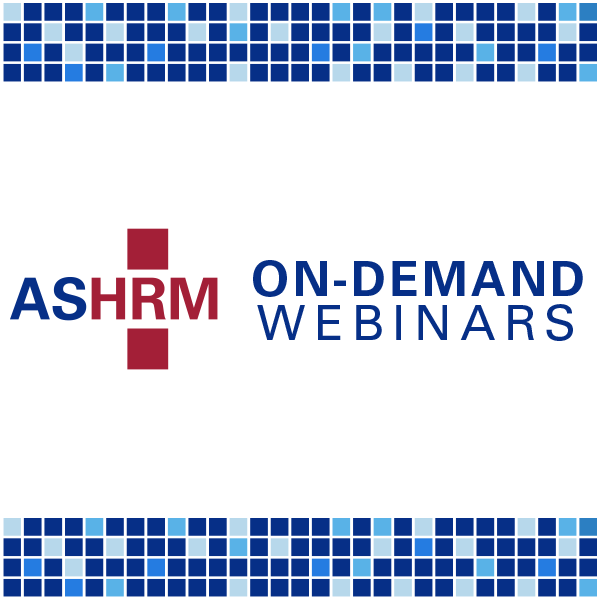Hospital-Based Workplace Violence Programs: Compliance & Best Practices
Member: $39.00
ASHRM CE Credit: 1
This webinar reviews the components of a hospital workplace violence program and the new Joint Commission standards in the backdrop of the upward trend of health care-based incidents of workplace violence. It explains what is working and what are the common shortcomings in hospital workplace violence programs so that risk professionals can focus hospital resources on where they may be most effective and cost efficient.
It is no secret to hospital risk professionals that the workplace violence rates are disproportionately higher in health care than all other fields. The number of incidents in hospitals continue to rise post-pandemic. In January 2022, the Joint Commission published new compliance requirements for hospital-based workplace violence programs, and many States are enacting legislation to lessen the impact to hospitals and health care facilities.
The presenter is William S. Marcisz, JD, CPP, CHPA, a national health care security and workplace violence consultant. Marcisz has 40 years of health care experience working in several roles, including security administration, investigations, and threat assessments. Bill also practiced law as a hospital defense attorney in Florida, where he is a longstanding member of the Florida Bar Association.
Learning Objectives
- • Understand the historical context and current trends in workplace violence to be able to have command of the subject matter when working within a hospital workplace violence team or committee.
- • Understand the required elements of a hospital-based workplace violence program, what constitutes compliance, and how a workplace violence program interfaces, but differs from the hospital’s security program.
- • Learn the new Joint Commission requirements to ensure compliance, but also how the new TJC requirements can create a safer healing environment.
- • Learn what are some of the best practices for workplace violence prevention and response from a standpoint of cost and efficiency.
| Product Code | 322016OD23 |
| ASHRM CE Credits | 1 |
| CNE Credits | 1 |
| Domain | Clinical Patient Safety |
| Level - Foundational (F), Practitioner (P), Advanced (A) | F |
| Publication Date | 6/15/23 |
| Next Review | 7/01/24 |
| Credit Expires | 7/01/25 |
For questions regarding this webinar, contact ASHRMEd@aha.org
Speaker Bio
William “Bill” Marcisz, JD CPP CHPA, is President & Chief Consultant for Strategic Security Management Consulting, Inc. (SSMC), based in Orlando, Florida. With 40-years of health care experience in Security Administration and as a Hospital Defense Attorney, Bill is considered a leading national health care security and workplace violence expert. He is a member of IAHSS, ASIS, IAPSC, ACHE, and ASHRM. Peer review from leading security trade organizations include some the industry’s most prestigious team and individual accomplishments:
IAHSS’s Lindberg Bell Award (Most Distinguished Healthcare Security Program)
ASIS OSPA for Outstanding Security Team
ASIS OSPA for Outstanding Performance by a Security Director


